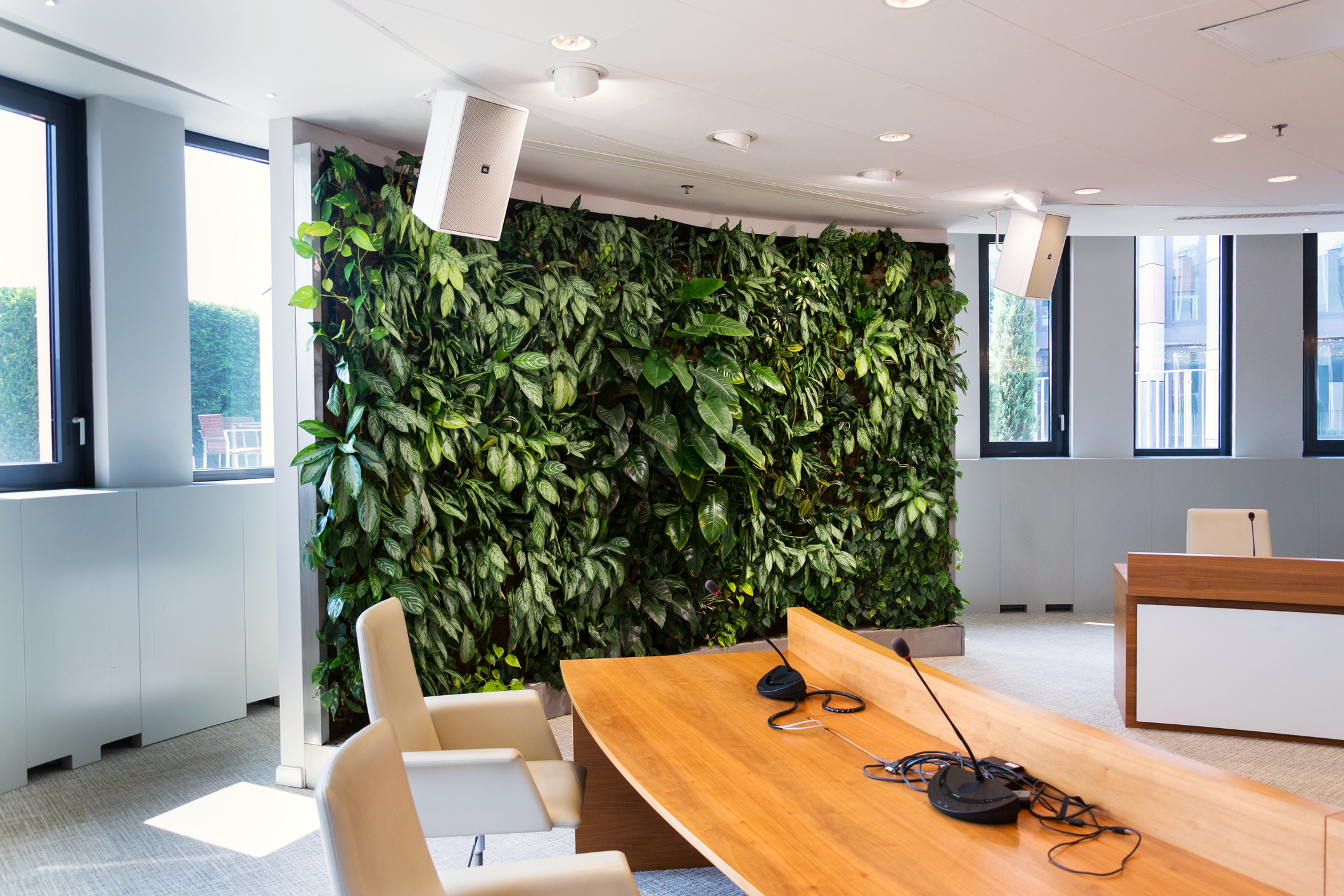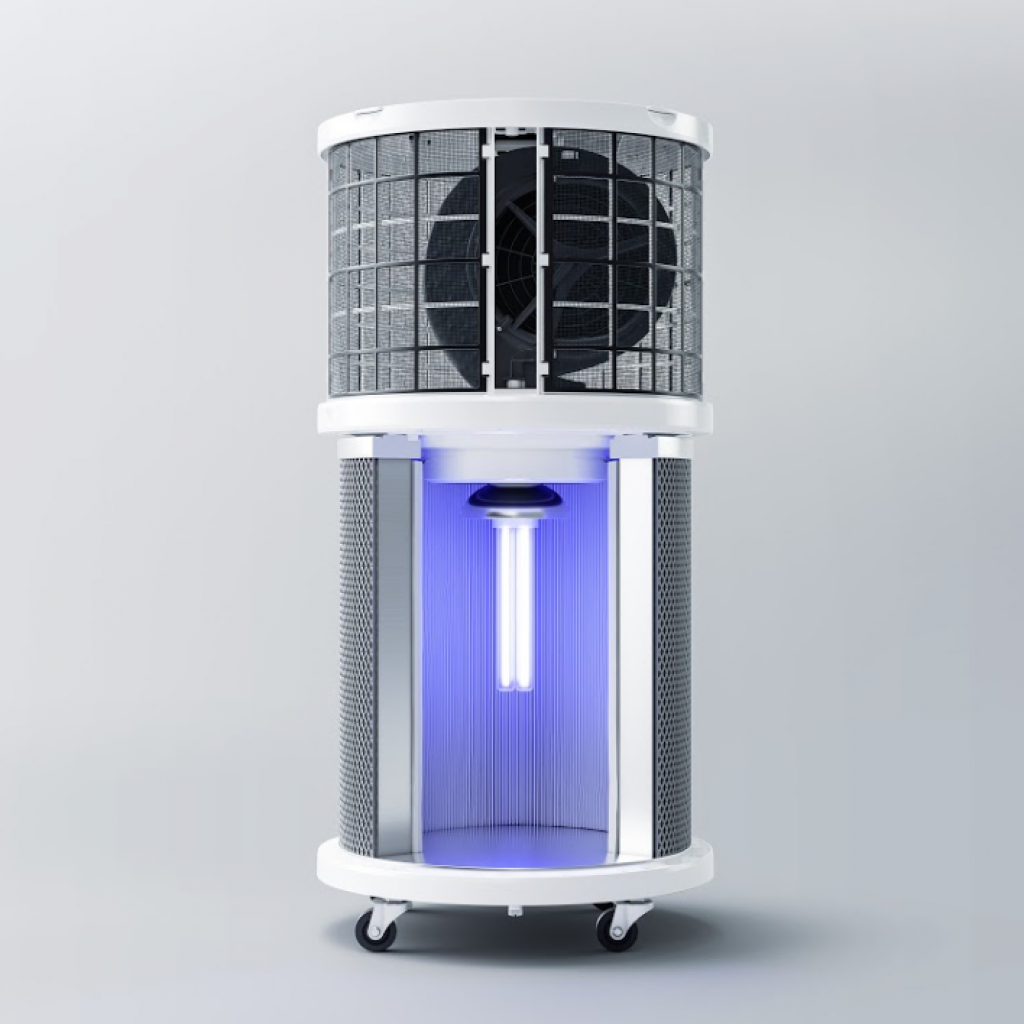How to Improve Air Quality in Your Workspace

As the coronavirus pandemic continues, many employees are working from home. Essential workers don’t have that luxury. They are reporting to offices and makeshift workspaces. In the future, many employees will also return to their desks. Whether you work in an office or shared workspace, or may have to in the future, improving indoor air quality is most important.
New rules for office space air quality
The World Health Organization (WHO) and scientific researchers have documented evidence that the SARS-CoV-2 and its variants spread through air particles rather than through surface contact. Eliminating these airborne particles is the biggest challenge in improving indoor air quality.
In January 2021, The Times reported that government and businesses are aware of the need for improved indoor air to reduce COVID-19 infection rates. Recent government proposals require new offices, and commercial properties to install better ventilation systems. Offices would need systems that can provide fresh air at 50 percent higher rates than the existing minimum standards, reports The Times. This and a battery of other proposed rules address COVID-19 and any future pandemics.
While improved air quality is essential in addressing COVID-19, it’s also beneficial for employees with allergies and for overall health. A study by Harvard Business Review shows that better air quality even contributes to better productivity.
Some actions you can take to improve air quality
Knowing that the WHO has acknowledged the spread of COVID-19 from airborne transmission, especially in poorly ventilated and crowded spaces, they advise workers to be vigilant when spending time indoors at offices and shared workspaces even before the new proposals take effect.
On their website, gov.uk the UK government coronavirus guidelines includes the statistic that 1 in 3 people who have the coronavirus have no symptoms and could spread it without realizing it. So everyone must take extra care to protect themselves and their coworkers.
The government recommends regular hand washing, wearing a face covering while indoors, and social distancing of 2 meters. Workers can reduce social distancing to 1 meter with extra precautions, like being masked and increased indoor ventilation.
Some offices are offering hybrid work schedules. This lets only half or less of the workforce to report to the office on any day to allow more space per person.
To increase indoor ventilation, they suggest making sure rooms have a flow of fresh air by keeping windows and doors open. Although cooler weather can limit the ability to keep doors and windows open.
Quality air purification is critical
Despite your best efforts, it’s impossible to get to the root of the problem unless you address – air purification. But what is safe and effective air purification?
A November 2020 report from the Scientific Advisory Group for Emergencies (SAGE) tested a variety of air-purifying technologies. They determined the effectiveness of air-purifying systems depends on many parameters, including the underlying technology, design, location, and maintenance of the device. They also recommended that relevant test data substantiate the efficacy and safety of these systems.
The report shows that systems based on HEPA filtration and germicidal UVC technologies are likely to be effective against coronavirus transmission. They recognized HEPA filter devices as having the ability to remove the size particle responsible for the virus. The device poses low risks, has no emissions, and is safe to use. The report also determined that enclosed UVC technology using germicidal UVC lamps inactivates microorganisms by damaging their RNA/DNA.
This information is critical to understand as we struggle to best mitigate the spread of the coronavirus in offices and workspaces. Armed with the recommendation that effective air purifying systems should employ HEPA filtration and germicidal UVC technology, businesses are better equipped to choose an air purifying system that is effective.
The patented engineering of Rensair incorporates a high power UVC light placed in the center of a cylindric HEPA13 filter. Rensair captures viruses, bacteria and pathogens and also kills them.
Leading laboratories in the world have extensively tested Rensair including Eurofins, Norconsult and Oslo University Hospital. They have shown that Rensair is over 99.97% effective at removing airborne impurities such as viruses and bacteria.
A statement letter by Oslo University Hospital researcher Dr. Hilde Bånrud concludes, “Based on the tests performed by accredited laboratories and scientifically published literature, one can conclude that the Rensair air cleaner effectively reduces the level of microorganisms, such as bacteria, viruses, moulds and yeasts in the air.”
This is good news for those looking to secure their health while they work in offices and workspaces during this pandemic and in the future.

